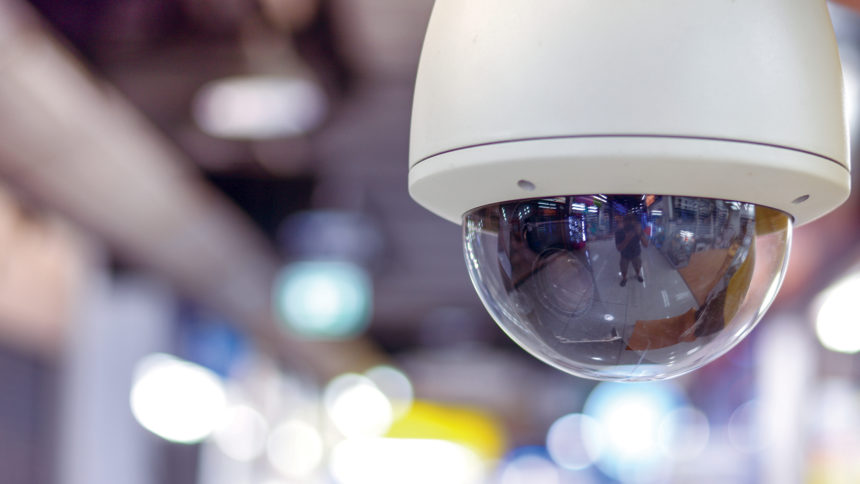
Babies in the leading wave of post-World War II arrivals are now past age 70 and could be considered the luckiest people to ever grow old in America. They enjoy unrivaled health, freedom and independence, in large measure because of things such as fitness trackers, Uber, voice-controlled smart devices, GPS-enabled smart phones, and in some cases, the ability to chat online with their physician instead of wrestling with lines and traffic and crowded waiting rooms.
It’s one thing for a simple door lock to deny a memory-addled elderly man to take a leisurely walk outside his senior living community at 2 a.m. But what happens when a strong, able-bodied 75-year-old is threatened by a financial predator, or buys an over-the-counter weight loss supplement at the corner drug store, only to be found hours later in his unit suffering from kidney failure?
Providers today find themselves trying to balance residents’ fiery desires to live this so-called “third act” on their own terms while living long and whole enough to enjoy it.
All while facing the cruel irony that the very things that give them freedom also can expose them to risk.
The scales are being tipped constantly, and more and more seniors today are discovering the truth behind that familiar idiom, “freedom ain’t free.”
In its 2019 report, “The State of Senior Living: An industry grappling with autonomy,” Perkins-Eastman shows a demographic that fiercely values its ability to make decisions about wellness, but one that is less confident of being able to afford comfortable housing offered by providers struggling to keep up with engorged pipelines of new technology.
Among the report’s major takeaways: Its survey finding that 80% of respondents (chiefly owner-operators themselves) think technology, products and services that allow consumers to be autonomous and proactive in their care will affect the senior living market more than anything else.
Only recently have we begun to glimpse at what that means.
How fierce is older adults’ need for living independently?
Ask Laura Wasson, executive
director of sales for Tech Electronics, who knows of residents declining to report a fall or minimizing a change in health “just to maintain the level of privacy and independence they want.”
Yet in most cases, even the most independent seniors have no qualms about resident security measures today, says James Jansen, product manager for Direct Supply Technology Solutions.
“Resident security is a top concern for operators, residents and family members. The right level of physical, cyber or other security measures is a blend of operator capability, family and resident request, and local or national code mandate,” he adds. “Often, increased levels of security, like video surveillance and identification badges for door access, are driven by operators who listen to the specific requests of residents and family members seeking a safer environment. Safety is an expectation, and in a vibrant, dynamic environment like senior living, there are a lot of players who need to come together to define what is best for everyone.”
But what happens when seniors’ need for independence collides with security risks? It’s a question fraught with even other more difficult questions that can pit seniors’ civil liberties against risk-averse communities’ resident care mandates.
Balancing Act
“Security must be carefully balanced against resident autonomy. You can’t turn your facility into a police state, but neither can you let security be so lax that it exposes residents to an unacceptable level of risk,” says Patrick Hardy, LL.M., CEM, MEP, CRM, president of Hytropy, a continuity and disaster planning solutions provider.
“Part of the promise of the internet of things is that it stands to improve older adults’ abilities to live independently despite mounting health conditions and also to keep those health conditions under control for a long time,” as “Slate” magazine describes in “Grandma got hacked.”
As the elderly learn to count on interconnected technologies to take care of things from medication adherence and dosage adjustment to personal security, the question the article leaves the reader with is, Will that trust be misplaced?
In what arguably is an unglamorous look at the vulnerabilities associated with aging, the article asserts that the older user population is being handed a bevy of complex smart devices by their “adult children purchasers” with very little idea on how to use them safely and correctly. The dangers become even more ominous with hackable life-dependent devices such as implanted insulin pumps and defibrillators.
It’s no wonder resident tech adoption in senior living is as slow as the Perkins-Eastman study revealed.
Still, the decisions become easier as the level of acuity increases. A perfect example is memory care, where aggressive resident behavior mandates high-level security measures, says Majd Alwan, Ph.D., senior vice president of technology for LeadingAge and executive director of the Center for Aging Services Technologies.
“The need to protect residents against wandering and elopement in memory care is paramount,” adds Mike Webster, director of senior living, fall management and security solutions for Stanley Healthcare. In any senior living setting, meanwhile, even seemingly trivial decisions such as the color or style of an emergency call pendant could mean the difference between wearing one and purposely leaving it on a nightstand, he adds. “It’s a dignity issue.”
Despite these stricter guidelines, video surveillance may be surging as one way to replace the eyes and ears of thinned-out staffs, says Patricia Howell, RN, BSN, WCC, CFCS, clinical support manager for McKesson Medical-Surgical Extended Care.



